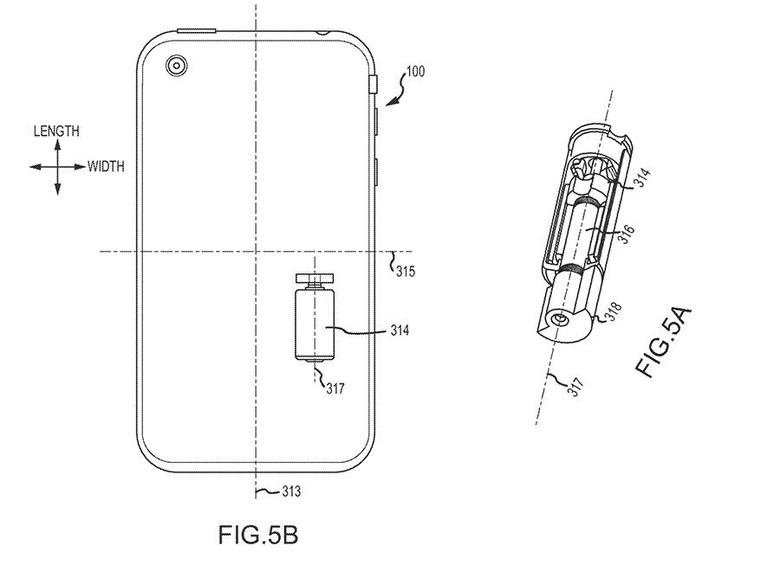Your Next iPhone Could Employ Tiny Gas Thrusters
Apple Patents aren't always a clear indication of where the company is going in the near future. Most patents listed in the public are done so well after the product has hit the market – not before. Keeping that in mind, Apple's latest listing has some very, very strange implications for the next iPhone – or an iPhone in the distant future, including tiny thrusters and gas canisters inside the smartphone's body that shoot out when the device is in danger of hitting the ground after a long drop.
The patent we're looking at today was originally filed all the way back in September of 2011, and goes by the document ID "US 20130073095 A1", and has the name "Protective mechanism for an electronic device."
It includes several means and ways of protecting an electronic device – like a smartphone – by being able to "selectively alter a center of mass [of the device]."
One example of how this reorientation technology could be implemented is with tiny gas canisters inside the smartphone. Apple's patent suggests that "activating a thrust mechanism" might "vary the angular momentum and/or orientation of the device during freefall."

The patent goes on to suggest that "the thrust mechanism may produce a thrust force in one or multiple directions in order to reorient the device," going on to suggest that "the thrust mechanism may include a gas canister that may deploy the compressed gas outside of the device to change its orientation."
This patent has a broad reach. It suggests air foils might be deployed to redirect the device as it falls from your hand. it suggests that the device might be able to detect when its falling, gripping on to a power cord as it does so.
Inside this patent is a description of how the device might be able to store information from a variety of impacts and freefalls, using that information then to reorient the components of the smartphone to brace for impact.
Like an iPhone Transformer.
As the patent reads, this covers technology that'll allow "creating a thicker enclosure on a particular area of the device, relocating particular components within the device, or changing an overall shape of the device" should the device be falling from your pocket.
Sort of like something Tony Stark would make.
We're not holding our breath for this particular set of abilities to arrive on your next iPhone, but maybe someday – who knows?
Seem like utter madness? Don't forget about the micro-windmill charging units revealed by Smitha Rao and J.-C. Chiao of UT Arlington earlier this year. Micro-windmills, gears, indicators, pop-up switches, grippers, and all.
